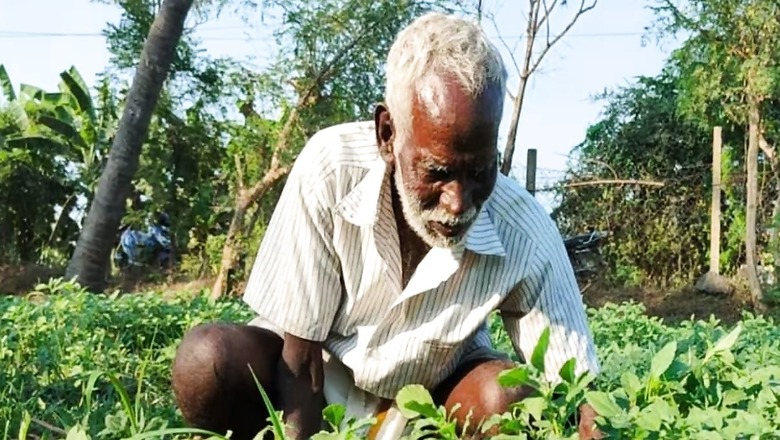
views
In the face of perennial drought and insufficient rainfall, agricultural experts are advocating for the cultivation of sorghum, a hardy crop that promises to alleviate both financial distress for farmers and food shortages for livestock. Sorghum, known locally as ‘Shri Anaaj’, has long been neglected despite its nutritional richness. It thrives even in regions receiving only 400 to 500 mm of rainfall annually, explained Dr Pramod Kumar, an agricultural scientist at the Regional Research Center in Jharkhand’s Palamu.
Highlighting its economic potential, Dr Kumar noted that the farmers could expect substantial profits from sorghum cultivation, with production costs ranging from Rs 10-15,000 per acre and potential profits soaring to Rs 45-50,000 per acre. Moreover, each acre yields around 20-25 quintals of grain and an impressive 70 quintals of fodder.
Timing and cultivation techniques are crucial, he advised, adding that Sorghum should ideally be sown between June 15 and July 15. Recommended varieties include CSB-17, CSB-20, and CO-39, with essential seed treatment using Trichoderma to prevent pest infestations and ensure optimal yields.
Furthermore, to enhance productivity and sustainability, farmers are encouraged to intercrop sorghum with pigeon pea. This combined approach not only secures food for farmers but also ensures plentiful fodder for livestock, emphasised Dr Kumar.
In light of these benefits, the initiative seeks to revive sorghum cultivation as a strategic response to Palamu’s recurring agricultural challenges, promising resilience against drought and prosperity for the farming community.




















Comments
0 comment